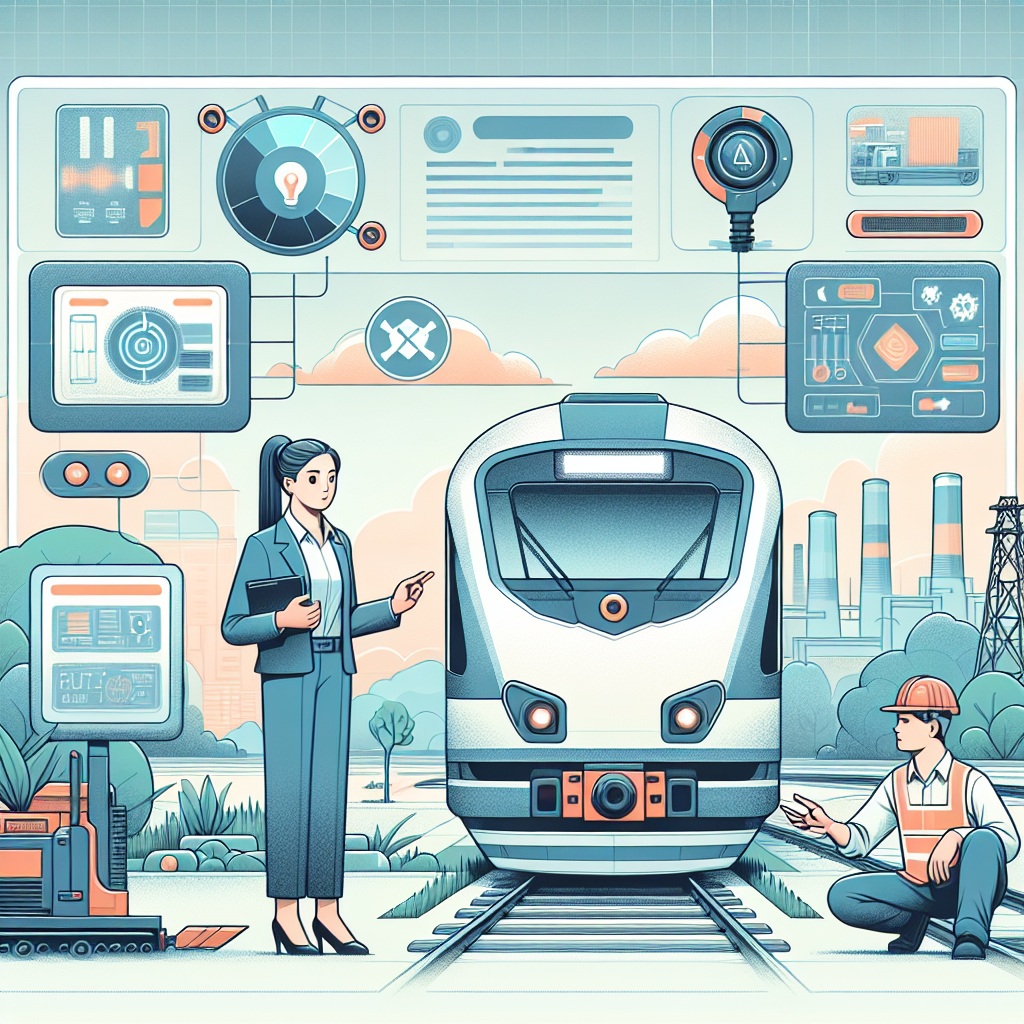The rail industry is entering a period of rapid change driven by technology, sustainability goals, and shifting labor dynamics. The Future of Railroad Management Jobs: What To Expect is a concise look at how rail operations, workforce needs, and career paths for managers are likely to evolve over the next decade. Whether you are an experienced supervisor, a recent graduate considering a career in rail, or a human resources professional planning hiring strategies, this article outlines key trends, skills, and steps to stay competitive.
Key trends shaping rail management roles
Railroad management jobs will increasingly blend traditional operations knowledge with digital fluency. Several forces are reshaping the landscape:
- Digital transformation: predictive analytics, IoT sensors, and condition-based maintenance reduce downtime and require managers who understand data-driven decision-making.
- Automation and safety technologies: systems like Positive Train Control and automated yard equipment change supervisory responsibilities toward oversight, exception handling, and systems integration.
- Workforce demographics: an aging workforce combined with retirements will create openings but also a need for structured knowledge transfer and mentoring programs.
- Sustainability and modal shift: pressure to reduce emissions and increase freight efficiency will put managers at the center of route optimization and intermodal coordination efforts.
Skills and qualifications that will matter most
Future railroad managers will require a hybrid skill set. Technical competence in rail operations remains essential, but employers are increasingly seeking candidates with:
- Data literacy: ability to interpret dashboards, KPIs, and predictive maintenance outputs.
- Project management: experience with cross-functional projects, procurement of new technologies, and vendor management.
- Change leadership: capacity to guide teams through process shifts brought by automation and new safety protocols.
- Regulatory and compliance knowledge: familiarity with federal safety rules, environmental regulations, and labor agreements.
Education, certification, and training
Formal education—such as a degree in engineering, transportation management, or logistics—remains valuable, but targeted certifications and on-the-job training are equally important. Programs in safety management systems, Six Sigma, and rail-specific certifications can accelerate advancement. Apprenticeships and rotational programs help new hires gain broad exposure to operations, maintenance, and dispatch functions.
Where the job openings will be
Expect management opportunities across several areas of the railroad network:
- Operations management: yard masters, trainmasters, and regional operations supervisors who coordinate daily movements and crew assignments.
- Maintenance and engineering: managers overseeing track, signals, and rolling stock maintenance informed by predictive analytics.
- Safety and compliance: leaders responsible for risk assessment, incident response, and regulatory reporting.
- Supply chain and intermodal management: roles focused on integrating rail with trucking, ports, and warehousing.
Recruiting and career-entry advice
Entry into rail management can come from technical tracks, military logistics, or graduate programs. Recent graduates often benefit from targeted job boards and internships that connect them with industry employers; for college students and recent grads looking specifically for entry-level opportunities and internships, see this ultimate guide to job boards for college students in the USA (free and paid options) for practical leads and platform recommendations.
Technology’s role in reshaping managerial work
Rather than replacing managers, automation is shifting their focus. Routine scheduling, simple dispatch decisions, and basic diagnostics are becoming automated, while managers concentrate on exceptions, strategic planning, and stakeholder coordination. Familiarity with asset-management software, GIS tools, and remote monitoring platforms will be a differentiator.
Workforce culture and retention
Retaining skilled managers will require clearer career ladders, continuous learning opportunities, and greater emphasis on work-life balance. Rail companies investing in mentorship, cross-training, and leadership development will be better positioned to fill mid- and senior-level roles internally.
Where to find credible labor and industry data
For up-to-date statistics on employment trends, wages, and industry projections, consult authoritative sources. The Bureau of Labor Statistics provides a comprehensive overview of the railroad industry and occupational outlook, which can help inform career planning and hiring strategies: Bureau of Labor Statistics overview of the railroad industry.
- Embrace continuous learning: technical and leadership courses.
- Develop data skills: analytics and KPI interpretation.
- Gain cross-functional experience: operations, maintenance, and safety.
Brief FAQ
Q: Will automation eliminate railroad management jobs?
A: Automation will change the nature of many roles but is unlikely to eliminate managerial positions entirely. Managers will move toward higher-value tasks—strategy, exception handling, vendor coordination, and regulatory engagement.
Q: What entry-level roles best lead to management?
A: Roles in operations (e.g., conductor, yard operations), maintenance, and safety provide practical experience and are common stepping stones to supervisory and managerial positions.
Q: How can current managers prepare?
A: Invest in digital skills, build cross-functional networks, and lead pilot projects that integrate new technologies to demonstrate capability in change management and innovation.



